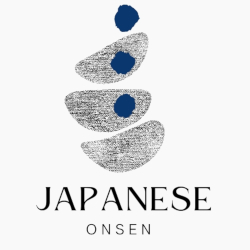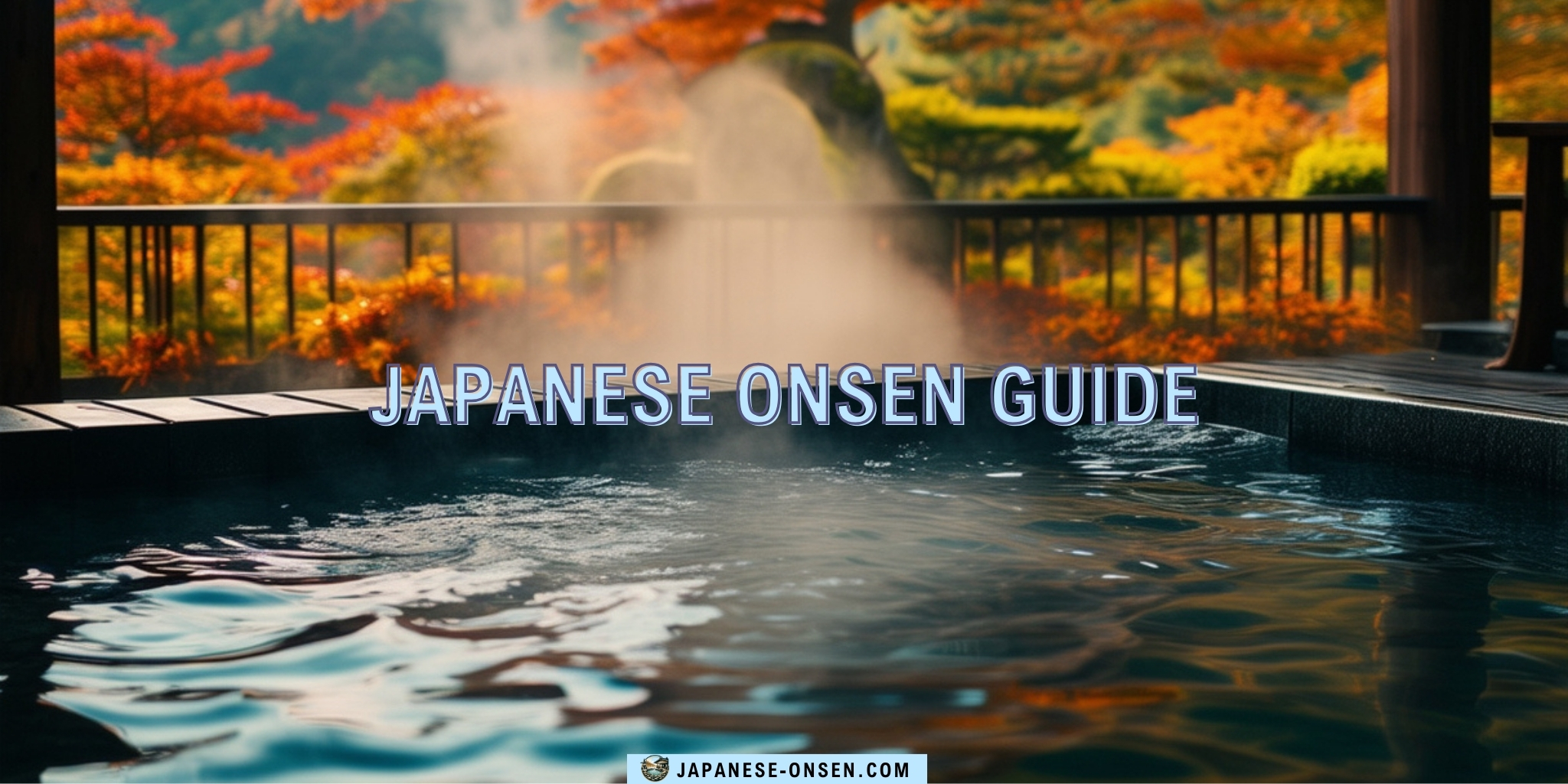Everyone tells you that you need an onsen experience when you visit Japan, but what exactly is an onsen, and why is it seen as such an important activity?
An onsen is a traditional Japanese hot spring bath, deeply ingrained in the country’s culture. In fact, onsen are so popular that there are over 3,000 of them scattered across the country. They are not only popular for their relaxing properties but also revered for their spiritual significance.
The first time I visited an onsen was in Kinosaki, located in the Hyago Prefecture. I picked Kinosaki Onsen because it’s a traditional Japanese town with over 1300 years of history. I have tattoos and the fact that Kinosaki has 7 tattoo friendly natural hot spring baths did help me make up my mind. This was my first experience in a Japanese hot spring and let me tell you, it got me addicted.
It’s fair to say that onsen do hold a sacred place in Japanese culture, accompanied by a specific set of rules for their use. I’m here to guide you on how to fully enjoy and respect this cherished tradition.
What are onsen?
An onsen is a natural hot spring bath heated geothermally by the volcanic activity beneath the Earth’s surface. Japan sits on the Pacific Ring of Fire, where volcanic activity is high. This geological setting causes hot water to percolate through the ground, dissolving minerals and emerging as hot springs.
But make no mistake, the Japanese are very strict about what can be considered an onsen as written in the Hot Springs Act. An onsen is recognized when the water reaches a temperature of 25 degrees Celsius or more. It can also qualify as an onsen if it contains one or more of the specified 19 substances, even if the temperature is below 25 degrees Celsius.
Onsen are so special in Japan that there is even a whole committee called The Japan Onsen Association, established on April 12, 1929, which is pivotal in promoting and preserving Japan’s cherished hot spring resources.
The association also plays a crucial role in developing onsen facilities to make them more accessible and enjoyable for everyone.
How do you onsen?
Like many things done in Japan, there is a ritual to enjoying an onsen, but it doesn’t have to be complicated, so you can easily do it too.
Your first stop will be at the lockers located just outside of the main onsen area. You’ll strip naked (this is non-negotiable) and you’ll head to the showers. If you have long hair, put it up in a bun. You are allowed to bring a small onsen towel with you to use on your face.
The second stop is the showers. Grab a wooden stool, sit down and leather your body. Wash every inch of your skin like you mean it.
You are now ready to enter the onsen. Make sure your hair or face tower doesn’t touch the water. You’ll notice that many people simply put the little tower on top of their head.
Now sit back, close your eyes and relax. The water temperatures can be very high, so make sure you take breaks and exit the onsen to cool down a little.
Differences between onsen
There are several types of onsen and I will help you understand the key differences between them. While all onsen are natural hot springs, they are presented differently to the public.
Daiyokujo
Daiyokujo are communal baths found in onsen towns or large public bathhouses. They are segregated by gender, allowing for a communal but private experience. These facilities tend to include multiple baths with different temperatures and compositions.
Unisex Large Public Onsen
These onsens allow both men and women to bathe together, but in my experience, unisex onsen are very rare. Visitors wear swimsuits or onsen garments, differing from the more traditional gender-separated onsens where bathing suits are not worn. Unisex onsen are more popular with families.
Open-Air Onsen (Rotenburo)
Incredibly beautiful and probably the first thing that comes to mind when you’re thinking of an onsen, these outdoor baths offer a natural setting, with views of surrounding landscapes. They are divided by gender, combining the therapeutic experience of an onsen with the beauty of Japan’s natural environment.
Private Onsen (Private Open-Air Onsen)
Ideal for those seeking solitude or privacy, these onsens are part of a hotel or ryokan and can be reserved for private use. They can only be reserved for 30 or 60 minutes per stay, and couples or families are allowed to use them together. They are very popular for guests with tattoos as well. Private onsen provide a personal and intimate onsen experience, overlooking serene views.
Rooms with Private Open-Air Onsen (Rotenburo)
Some upscale ryokans and hotels offer rooms with their own private open-air onsens. These allow guests to enjoy the onsen experience without leaving the comfort of their room, perfect for couples or families wanting privacy and luxury. These are the most sought after by international guests, and for good reason. They are the ultimate luxury in Japan, and they usually come with incredible views.
Why are Onsen sacred
Onsen are considered sacred in Japan because they are natural hot springs that help cleanse the body and spirit.
This idea comes from Shinto, Japan’s traditional religion, which values purity and harmony with nature. Onsens are considered to be gifts from the earth and are thought to have healing powers for various health issues.
They are places where people can come together, creating a strong community bond. Many onsens are very old and located near sacred sites, adding to their spiritual importance. Not to mention, there are onsen out there, like the Nishiyama Onsen which is considered the oldest hotel in the world.
How to find the right onsen
Finding the right onsen for me as a foreigner was my biggest challenge. They are often in Japanese and the booking system can be fairly complicated. But after visiting my first onsen, I became obsessed and realized that I want to recommend this experience to everyone coming to Japan.
This is why I created this website, as a free resource for everyone who would like to experience ryokans and onsen and doesn’t know where to start. Head to my onsen region page and find the right ryokan that suits your needs. I add new finds every single day and I make sure to categorize them based on price, area, views and if they permit guests with tattoos.

